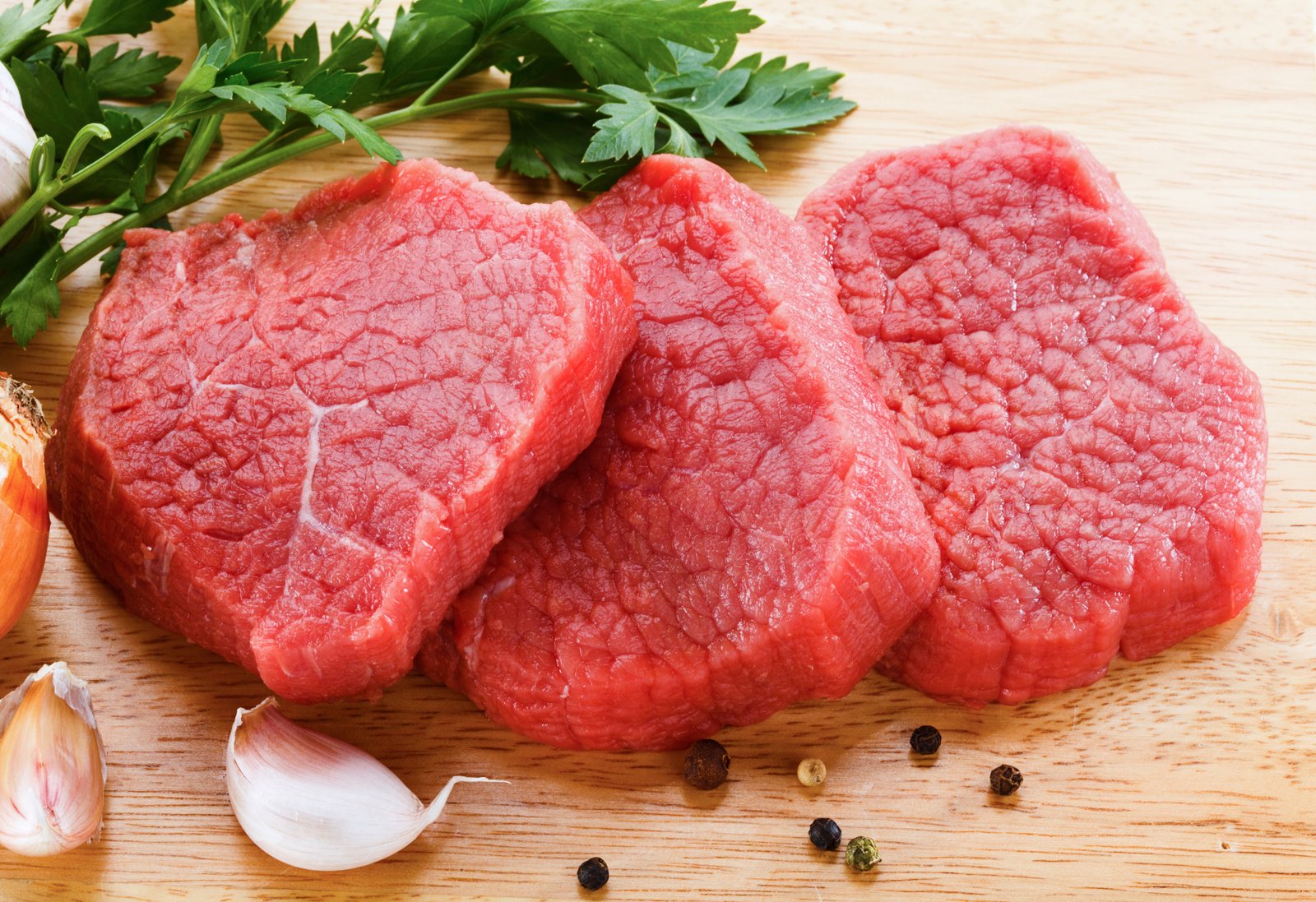Inside BENEO’s new pulse plant: pioneering sustainable protein from faba beans
Researchers at the National Heart, Lung and Blood Institute (NHLBI) have identified another reason to limit red meat consumption: high levels of a gut-generated chemical called trimethylamine N-oxide (TMAO), that also is linked to heart disease.
Scientists found that people who eat a diet rich in red meat have triple the TMAO levels of those who eat a diet rich in either white meat or mostly plant-based proteins, but discontinuation of red meat eventually lowers those TMAO levels.
TMAO is a dietary byproduct that is formed by gut bacteria during digestion and is derived in part from nutrients that are abundant in red meat.
The findings suggest that measuring and targeting TMAO levels—something doctors can do with a simple blood test—may be a promising new strategy for individualizing diets and helping to prevent heart disease.
The study was funded largely by the National Heart, Lung, and Blood Institute (NHLBI), part of the National Institutes of Health.
Charlotte Pratt, the NHLBI project officer for the study and a nutrition researcher and Deputy Chief of the Clinical Applications & Prevention Branch, Division of Cardiovascular Sciences, NHLBI said, “These findings reinforce current dietary recommendations that encourage all ages to follow a heart-healthy eating plan that limits red meat. This means eating a variety of foods, including more vegetables, fruits, whole grains, low-fat dairy foods, and plant-based protein sources such as beans and peas.”
Stanley L. Hazen, senior author of the study and section head of Preventive Cardiology & Rehabilitation at the Cleveland Clinic said, “This study shows for the first time what a dramatic effect changing your diet has on levels of TMAO, which is increasingly linked to heart disease. It suggests that you can lower your heart disease risk by lowering TMAO.”
For the study, researchers enrolled 113 healthy men and women in a clinical trial to examine the effects of dietary protein—in the form of red meat, white meat, or non-meat sources—on TMAO production. All subjects were placed on each diet for a month in random order.
When on the red meat diet, the participants consumed roughly the equivalent of about 8 ounces of steak daily, or two quarter-pound beef patties. After one month, researchers found that, on average, blood levels of TMAO in these participants tripled, compared to when they were on the diets high in either white meat or non-meat protein sources.
While all diets contained equal amounts of calories, half of the participants were also placed on high-fat versions of the three diets, and the researchers observed similar results. Thus, the effects of the protein source on TMAO levels were independent of dietary fat intake.
Importantly, the researchers discovered that the TMAO increases were reversible. When the subjects discontinued their red meat diet and moved to either a white meat or non-meat diet for another month, their TMAO levels decreased significantly.
The exact mechanisms by which TMAO affects heart disease is complex. Prior research has shown TMAO enhances cholesterol deposits into cells of the artery wall.
Studies by the researchers also suggest that the chemical interacts with platelets—blood cells that are responsible for normal clotting responses—in a way that increases the risk for clot-related events such as heart attack and stroke.
The study was supported by grants from the NHLBI and the Office of Dietary Supplements and the National Institute of Diabetes and Digestive and Kidney Diseases. The study was also supported by UCSF Clinical and Translational Science Unit.

